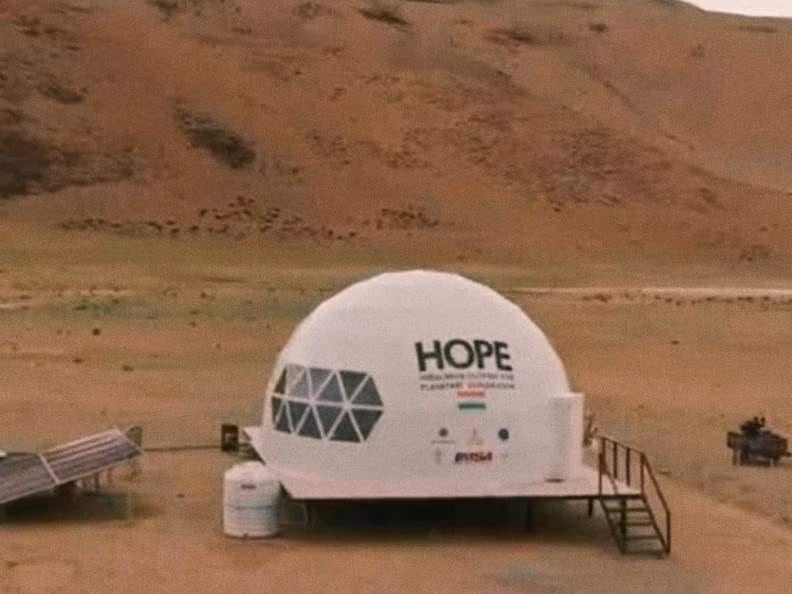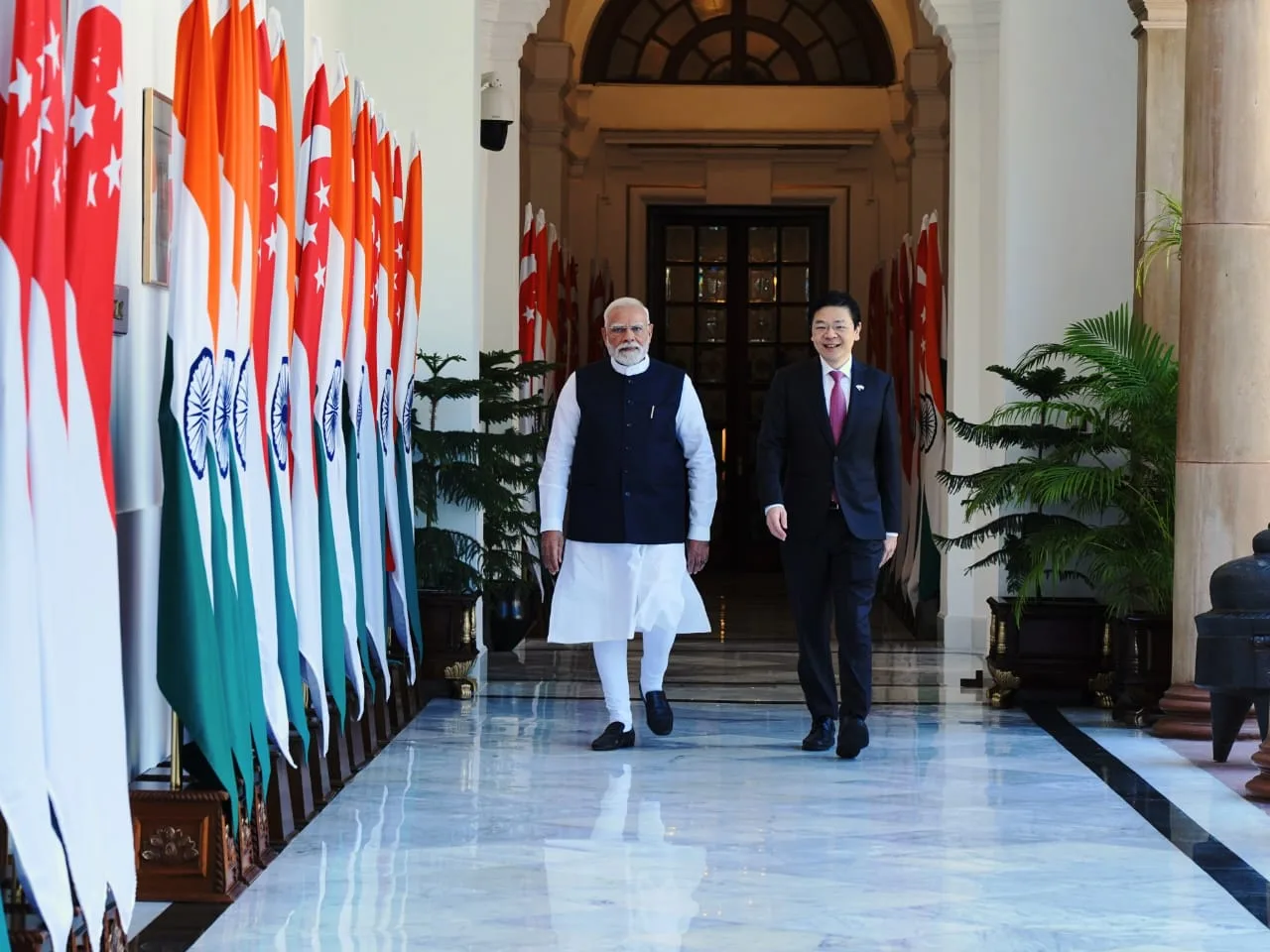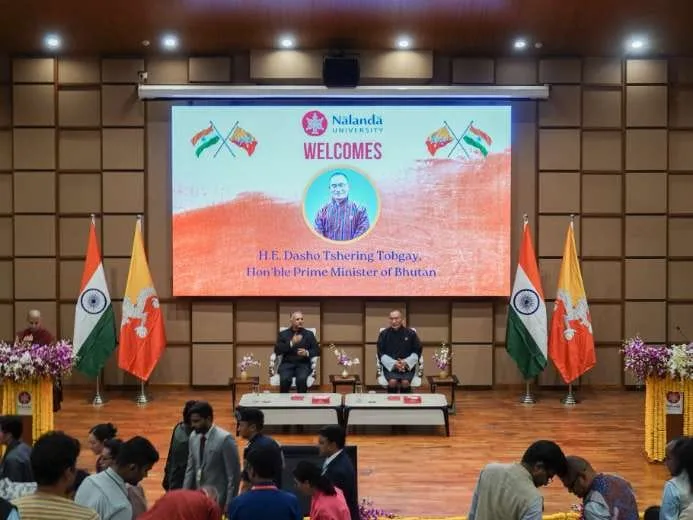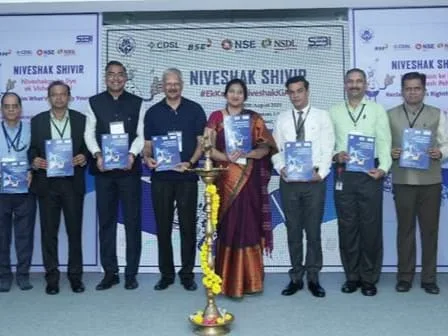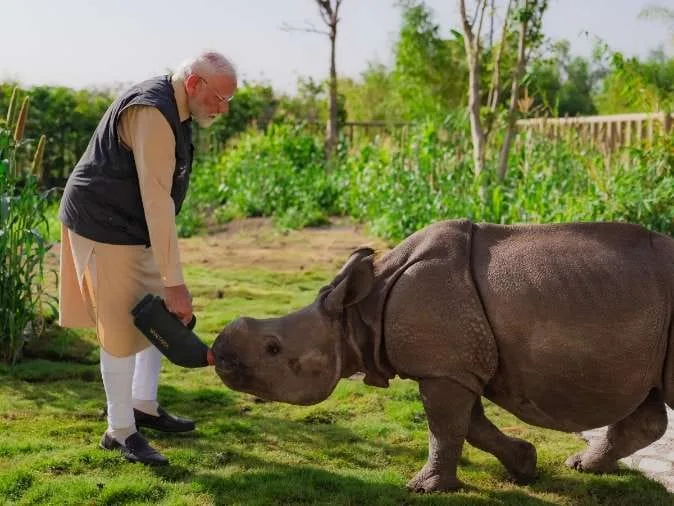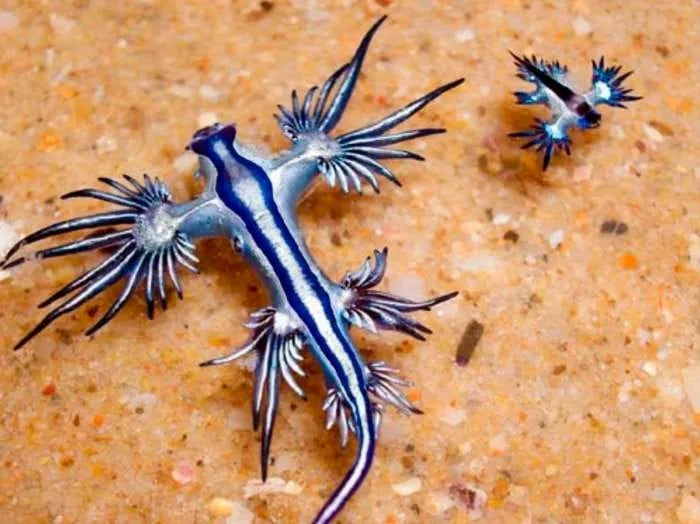The HOPE Mission (Himalayan Outpost for Planetary Exploration) is India’s first advanced space analogue facility, launched by the Indian Space Research Organisation (ISRO) in Ladakh’s Tso Kar Valley at 14,000 feet altitude from August 1 to 10, 2025. This 10-day mission is a pioneering effort to simulate Moon and Mars-like environments, providing vital preparation for upcoming Indian crewed space missions such as Gaganyaan, a national lunar landing by 2040, and eventual Martian expeditions.
Objectives and Features of Hope Mission
- Simulation of Extreme Conditions: HOPE replicates key extraterrestrial stressors—low oxygen (40% of sea level), high ultraviolet radiation, extreme cold (down to -10°C), and rocky, saline permafrost terrain that closely resembles Mars.
- Mission Goals:
- Study physiological, psychological, and operational challenges for astronauts.
- Improve health protocols, mission equipment, and crew adaptability.
- Test life-support systems, habitat tech, rover movement, and in-situ resource utilization (ISRU).
- Key Experiments of Hope Mission :
- Health monitoring protocols (epigenetic/genomic/physiological/psychological studies).
- Microbial sample collection and astrobiology research.
- Validation of crew workflows for future space missions.
About The HOPE Habitat
- it Includes an 8-meter-diameter living module and a 5-meter utility module for mission support, both interconnected for seamless operations.
- Two selected analog astronauts (Rahul Mogalapalli and Yaman Akot are Crew ) lived under strict isolation and undertook realistic space routines and experiments.
Significance for India wrt Hope Mission :
- Marks India’s entry into the league of nations with indigenous analogue research stations, enabling self-reliant space research without dependence on foreign facilities are some strategic Leap.
- Prepares for not just the upcoming Gaganyaan mission but also for a sustained Indian lunar presence and eventual Mars landings provide Broder space vision .
- Developed in partnership with Bengaluru-based firm Protoplanet and leading Indian research institutions (IIT Bombay, IIT Hyderabad, IIST, RGCB, Institute of Aerospace Medicine) represnt Public-Private Partnership .
- The data and techniques developed will inform health, technology, habitat design, and operational strategies for long-duration human space exploration are contribution to space science .
” The HOPE Mission stands alongside similar global initiatives like the Mars Desert Research Station (USA), Flashline Mars Arctic Station (Canada), and ESA CAVES (Italy), but is unique for combining high altitude, cold desert, and lunar-like geology. India’s HOPE Mission is a major rehearsal for the future of Indian human spaceflight, significantly advancing readiness for missions to the Moon, Mars, and beyond ” For more Space technology news click here www.eminentnews.com

